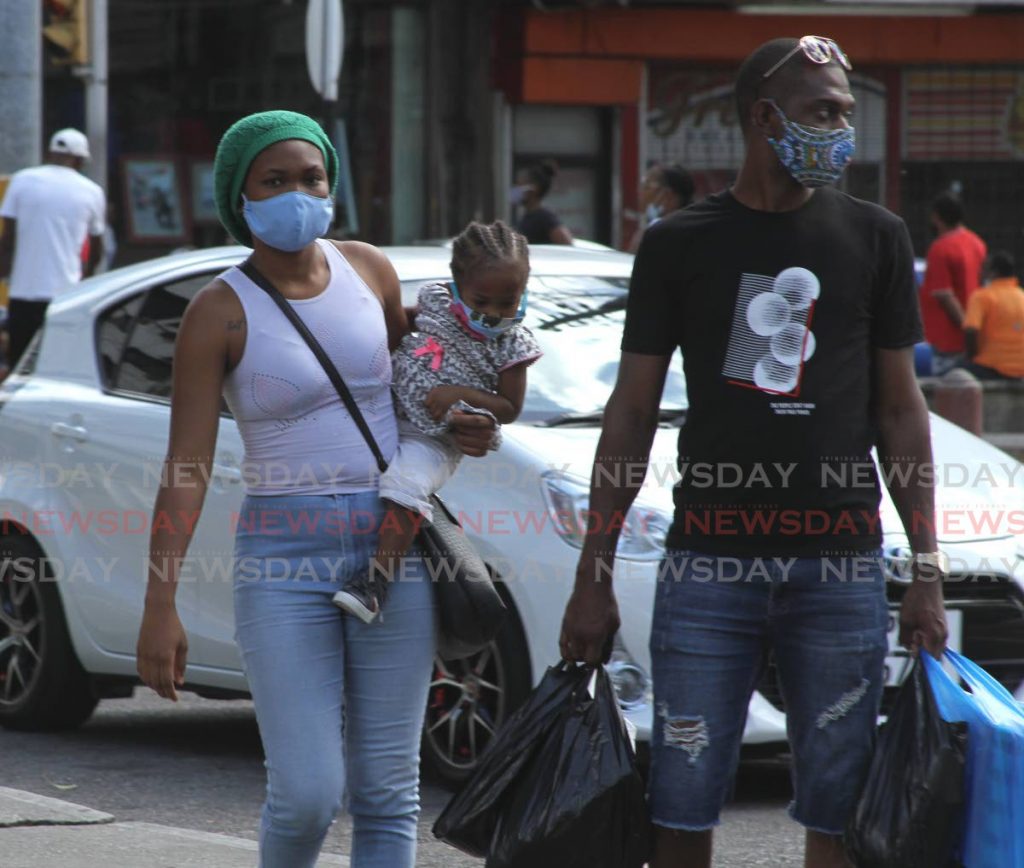What does a 'good' reopening after covid19 look like?

kmmpub@gmail.com
I’ve been talking to many people who think life will resume as before when we reopen sometime in May. They are wrong.
The government has done a good job of containing the virus. We may well eliminate it enough to justify opening.
But by ship or by plane, whether it emerges hidden from the community or not, the virus will return.
Flattening the curve is a bit like trying to squeeze down on a water balloon. The volume under the curve doesn’t change, it just gets shunted elsewhere – in this case into the future.
Make no mistake: this is no argument against social distancing, which has saved lives and will continue to do so, by relieving the burden on a health system that was already stretched to its limit. By flattening the curve, more people will be saved by doctors and have access to ventilators.
That is exactly why in the coming months, as seems likely, we will have to shut down at least a good part of society again. In the time it takes for a vaccine to be developed and manufactured, which at best seems to be a year and a half (and it is hardly likely that we will be first in the queue when it is), society must endure what economist Tyler Cowen calls “the pandemic yo-yo”: continually opening and shutting all or parts of the economy.
New treatments, though short of a vaccine, may emerge to lessen the pain and the risks. But so will worries about second and third waves. We are not returning to normal in two weeks or two years.
Once that realisation starts to dawn, we will go through a period of bewilderment (though some canny folks may skip that step and throw themselves into frenetic activity). But that can and must be followed by change.
Unfortunately, most people I’ve spoken to still don’t get it. Most people still think life is going back to how it was. Few have seriously started planning, learning or preparing to change their lives.
The decision to close is straightforward. How we reopen is complicated. We’re in for a rough time. Even if we mostly reopen, and keep, say, ten per cent of the economy shut instead of 50 per cent, that is still an economic calamity.
No one has all the answers. Whatever happens will be messy. Disinfectant, masks and gloves will be doled out aplenty. Young people may be let out, but social distancing will remain (and must remain – I’ve seen myself how distancing guidelines are treated as more “optional” by the day – and fear it will take a resurgence in cases to deter complacency).
Older people in particular will need help. Whatever happens, vulnerable and immune-compromised groups face up to a year and a half in isolation.
When I reached out to him for his advice, Prof Cowen, a highly respected George Mason University economist whose opinion is sought after by presidents and tech moguls (Facebook founder Mark Zuckerberg and former Alphabet chairman Schmidt are particular fans) had immediate recommendations for TT.
What must this new normal look like, if we are to protect our lives and our economy?
Repeated and huge expenditure on mass testing will be needed for the economy to open at all. This has been said before but what hasn’t been said is that this is less a matter of public health than of economic necessity. Loath as I am to give out my location to Big Brother, the reality is mass testing and electronic contact tracing are the only way to reopen the economy.
Our testing capacity is stretched to the limit. Any test kit approved in any major developed country, including China, should be automatically approved here; and we should be using pooled testing wherever possible.
Alongside testing and tracing, a country strapped for cash must use screening tools. The George Mason report describes a society where we: “Use mobile phones to survey, inform, and prescreen for symptoms. Direct any individual with symptoms and his or her family to a testing centre, or direct mobile testing to them.”
Reopening is going to be less a single event than a continued shift in how we live over the next 18 months. It is time we get down to the brass tacks, as economist Indera Sagewan puts it, of how we live and work in a time of covid19 and beyond.
Behaviours and values are set to change on a vast scale. The earlier we recognise that, the better prepared we will be.
Kiran Mathur Mohammed is a social entrepreneur, economist and businessman. He is a former banker, and a graduate of the University of Edinburgh.


Comments
"What does a 'good' reopening after covid19 look like?"